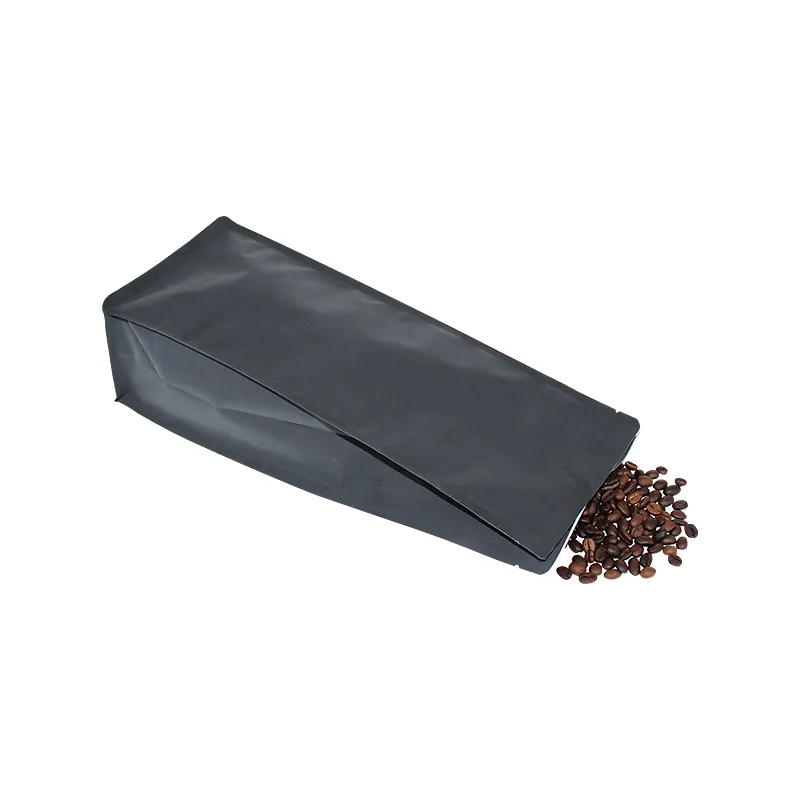- Afrikaans
- Albanian
- Amharic
- Arabic
- Armenian
- Azerbaijani
- Basque
- Belarusian
- Bengali
- Bosnian
- Bulgarian
- Catalan
- Cebuano
- chinese_simplified
- chinese_traditional
- Corsican
- Croatian
- Czech
- Danish
- Dutch
- English
- Esperanto
- Estonian
- Finnish
- French
- Frisian
- Galician
- Georgian
- German
- Greek
- Gujarati
- haitian_creole
- hausa
- hawaiian
- Hebrew
- Hindi
- Miao
- Hungarian
- Icelandic
- igbo
- Indonesian
- irish
- Italian
- Japanese
- Javanese
- Kannada
- kazakh
- Khmer
- Rwandese
- Korean
- Kurdish
- Kyrgyz
- Lao
- Latin
- Latvian
- Lithuanian
- Luxembourgish
- Macedonian
- Malgashi
- Malay
- Malayalam
- Maltese
- Maori
- Marathi
- Mongolian
- Myanmar
- Nepali
- Norwegian
- Norwegian
- Occitan
- Pashto
- Persian
- Polish
- Portuguese
- Punjabi
- Romanian
- Russian
- Samoan
- scottish-gaelic
- Serbian
- Sesotho
- Shona
- Sindhi
- Sinhala
- Slovak
- Slovenian
- Somali
- Spanish
- Sundanese
- Swahili
- Swedish
- Tagalog
- Tajik
- Tamil
- Tatar
- Telugu
- Thai
- Turkish
- Turkmen
- Ukrainian
- Urdu
- Uighur
- Uzbek
- Vietnamese
- Welsh
- Bantu
- Yiddish
- Yoruba
- Zulu
Exploring the Versatility of PE Bags for Everyday Use and Sustainability
The Versatile World of PE Bags
In a rapidly changing world, where sustainability and convenience are paramount, polyethylene bags, commonly referred to as PE bags, have emerged as a pivotal component in packaging and transportation. These bags are made from the polymerization of ethylene and are known for their versatility, affordability, and ease of production. They come in a myriad of sizes and styles, making them a favored choice across various industries—from retail to agriculture.
The Composition and Advantages of PE Bags
PE bags are primarily composed of polyethylene, a type of plastic that is lightweight yet durable. This material is not only resilient to punctures and tears but also resistant to moisture, making PE bags suitable for a variety of applications. One of the notable advantages of PE bags is their economical production cost. Unlike other packaging materials, such as paper or glass, PE bags can be manufactured in large quantities at a low cost, providing an accessible packaging solution for businesses of all sizes.
Another significant advantage is their adaptability. PE bags are available in different densities low-density polyethylene (LDPE) and high-density polyethylene (HDPE). LDPE bags are typically softer, more flexible, and are often used for grocery shopping and product packaging, while HDPE bags are thicker and sturdier, suitable for heavier items and industrial uses. This range allows manufacturers and retailers to select the ideal bag for their specific needs.
Applications in Various Industries
The versatility of PE bags makes them indispensable across a multitude of sectors. In the retail industry, they are ubiquitous as shopping bags, providing customers with a lightweight and durable option for carrying goods. Grocery stores frequently utilize PE bags, which can be easily recycled and are resistant to moisture, keeping contents safe and secure.
In the food industry, PE bags are employed for packaging items ranging from fresh produce to frozen goods. Their plastic formulation helps preserve freshness, extending the shelf life of perishable items. Additionally, these bags are often utilized in the packaging of bulk grains and cereals, demonstrating their essential role in food storage and distribution.
pe bag

Moreover, PE bags play a significant role in the agricultural sector. Farmers frequently use them for harvesting crops, packaging seeds, and even as protective coverings for plants. The lightweight nature of these bags ensures ease of use, while their durability helps safeguard agricultural produce from environmental factors.
Environmental Considerations
Despite their numerous advantages, PE bags have faced scrutiny for their environmental impact. Concerns regarding plastic pollution have led to increased calls for sustainable alternatives. Consequently, many manufacturers are exploring biodegradable or compostable bag options to address these environmental issues. Innovations in material science have also paved the way for the development of recyclable PE bags, which can help mitigate the environmental footprint associated with traditional plastic bags.
In recent years, recycling initiatives have gained momentum, encouraging consumers and businesses alike to adopt responsible practices. Many communities now have designated recycling programs specifically for plastic bags, allowing them to re-enter the production cycle rather than ending up in landfills. This shift towards sustainable practices reflects a growing recognition of the importance of environmental responsibility in packaging choices.
Conclusion
PE bags represent a remarkable blend of convenience and practicality that has made them an integral part of our everyday lives. While they provide numerous benefits across various industries, it is essential to address the environmental challenges associated with plastic use. As technology advances, the future of PE bags may involve more sustainable materials and practices, ensuring their continued relevance in a world that increasingly values eco-friendliness.
As consumers, businesses, and policymakers navigate the complexities of packaging waste, there remains a pressing need to balance convenience with sustainability. By embracing innovative solutions, we can pave the way for a future where PE bags retain their indispensable role while minimizing their ecological footprint. In doing so, we can ensure that this versatile packaging option meets the demands of a modern, environmentally-conscious marketplace.













